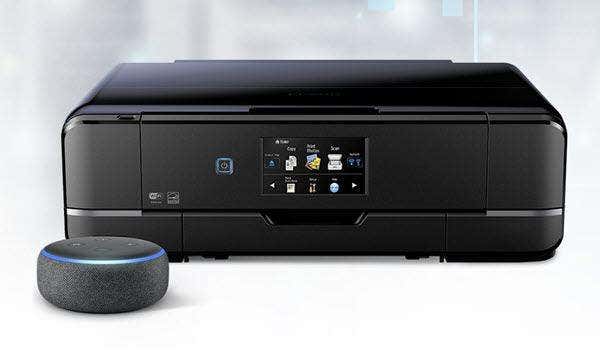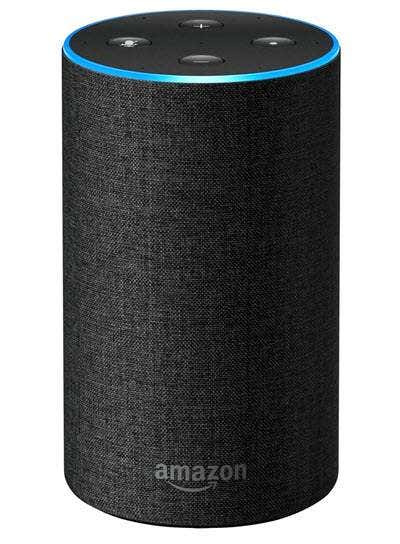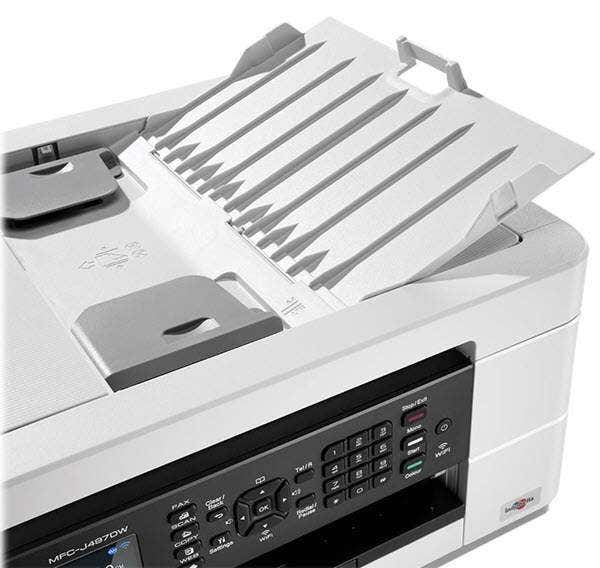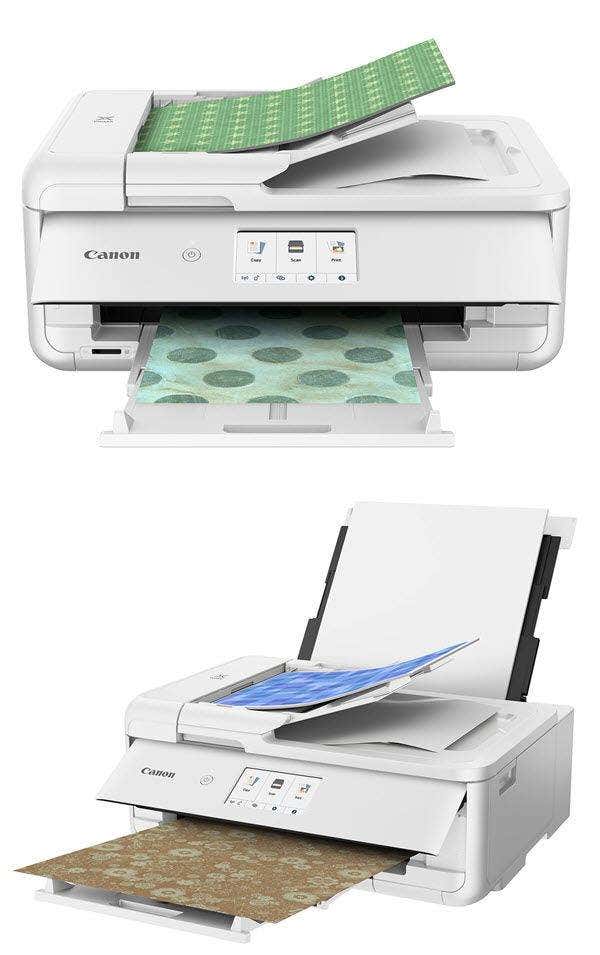Considering what it takes to make a device, especially a device that already has wireless tech built-in, smart, it should have happened a long time ago. Also, given how long voice activation has been around, you’ll probably be surprised at how under-supported this technology really is. Brother, a huge printer manufacturer, for example, as of this writing, still has no Smart Home printers at all.
If This, Then Print
There are advantages and disadvantages to both approaches. The Smart devices, like Alexa Echo, for example, often require multiple devices for the service to extend all over the house. Smartphone activation requires you to have your phone with you. What’s important to note, though, is that so called “smart” devices that activate vocally via Alexa and the other services are not all that much smarter than a similar device sans Smart Home technology. Smart light bulbs, for instance, simply contain wireless radios with the ability to understand and execute IFTTT (if this then that) technology. In other words, the listening device hears: “If you hear Alexa, turn on the living room light (if this), then turn on the light (then that),” which is very simple, basic programing. A wireless printer, then, needs only to understand and execute IFTTT, which it already does in one way or another, to become Smart, or voice activated. In other words, you’re not actually speaking to the printer itself. The Smart device or your computing device interprets and sends the IFTTT command, sometimes directly and sometimes over the internet. So, when you say, “Google, print my schedule,” all the printer does is respond to a Print command, followed by the data required to print the schedule; it doesn’t actually “hear” anything. The point is, all the printer really needs to become “smart” is a few more lines of code in its internal firmware. You’d think, then, that more printers would be voice activated. In any case, what follows is a list of the major printer makers and what each company offers by way of Smart Home printers.
Brother
As I said earlier, Brother, the maker of low-end AIO inkjet printers for the home to higher-end business-ready models, as well as laser printers from entry-level to high-volume, doesn’t offer voice activation technology. The company does offer a Business Smart series of AIO devices, but that brand was named long before the advent of Smart Home technology.
Canon
These include the higher-end Pixma TS9520 and TS9521C wide-format consumer-grade photo AIO printers (the latter is a “crafters” printer designed for scrapbookers), the Pixma TS8220, TS6220, and TS702 consumer-grade photo AIO printers, as well as the home-based office-oriented TR4520 AIO. Canon updates its entire suite of inkjet printers and AIOs, and there are many, about every 12 to 18 months, and the entire line is made over and replaced about every four or five years. It’s safe to assume, then, that from now on all its consumer-grade inkjet machines will come with similar IFTTT support, as well as any advances in the technology. The company also makes a line of laser printers and AIOs, ranging from lower-end to midrange. Several of these are designed for small and home-based offices. So far, Canon hasn’t released any information about whether it plans on adding IFTTT support to these machines, and the PR rep’s response to my inquiry was, “Sorry, you’ll have to wait and see,” which is not unusual for any company that keeps their new-product plans secret (they all do).
Epson
Epson has embraced Alexa and IFTTT voice activation in a big way. Not only will it come in all the company’s future Epson EcoTank, WorkForce and Expression printers and AIOs, but Epson has also made a firmware update available for all its current and past Epson EcoTank, WorkForce and Expression models that support Epson Connect, which entails just about every machine the company has made over the past few years. So far, the company has implemented only Alexa support; although there are solutions for Google Home and other voice activation services. Google, for example, provides help for creating your own IFTTT commands here. And you can find all the help you need and more at IFTTT.com. As for when Epson will widen its support to include Google Home and others, the company rep’s response to my query was, well, you guessed it, “I know nothing!”
HP
HP offers several home and home-based office AIOs, but so far it provides direct Alexa, Google Home, and IFTTT support only on its home-oriented Tango and Tango X AIOs. The difference between the two Tangos is that the latter comes with a book-cover-like wrap that essentially disguises the machine, so that your home décor isn’t mucked up by a lowly printer. Note that you can activate Alexa on other HP web-connected devices via the unique email address that HP assigns to each of its printers and by enabling what HP calls the HP Printer Skill. You can find instructions for setting up Alexa at this site. Google Home will work with other web-connected HP machines via the HP printer app and Google Cloud Print by following these instructions.
The Future of Smart
Printers
If you ask me, many of today’s AIOs are already pretty darn smart, with or without voice activation. Is there an advantage to printing documents without leaving your couch? You bet there is, but let’s face it, there’s not much else you can do with a voice-activated printer other than print. Sure, you or your printer manufacturer can include IFTTT scripts for scanning and making copies, but you can’t do either of these without first placing an original on the scanner platen or in the automatic document feeder (ADF), which, except for some very specific scenarios, sort of defeats the purpose. In any case, it probably won’t be long before Brother (which makes terrific printers and AIOs, by the way) comes on board with voice-activated machines. Epson will eventually add support for other services, and Canon will increase its number of Smart Home offerings, most likely all its future home-oriented machines. Eventually, we may even see the technology on business-oriented printers. We’ll just have to wait and see.





